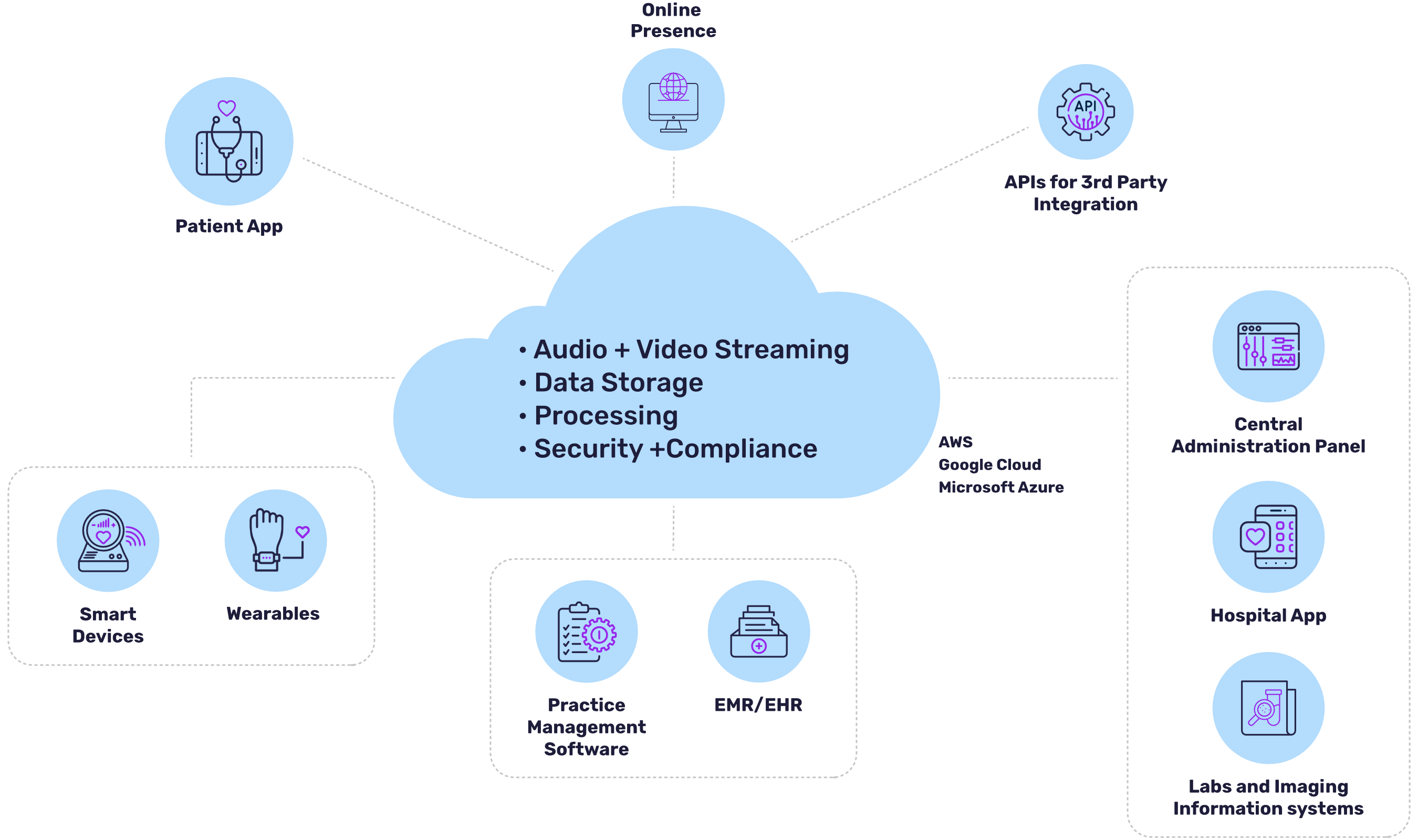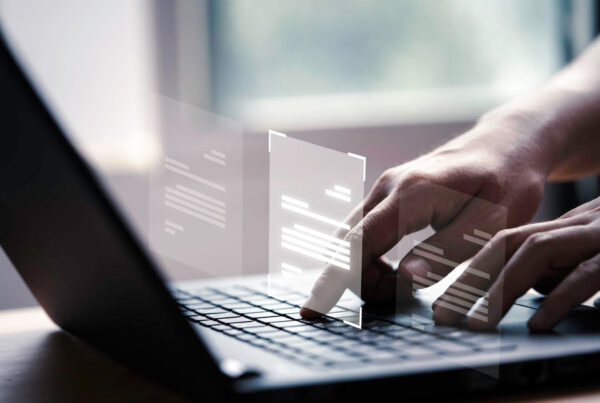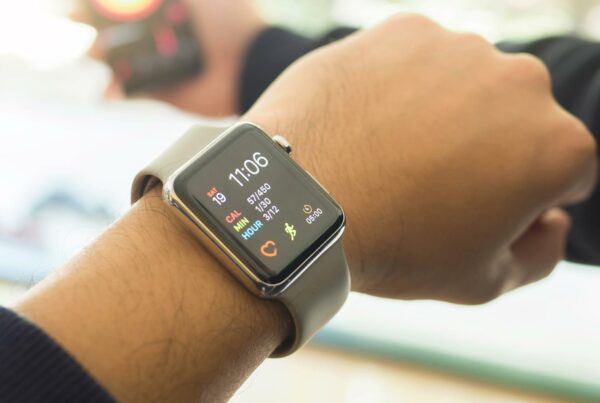[pods name=”webinar_bar” slug=”col1″ template=”Webinar bar col 1″]
Build, deliver and scale your telehealth offerings
Excellarate's technology solutions help you focus on providing better patient care and experience
[pods name=”webinar_bar” slug=”col2″ template=”Webinar bar col 2″]
[pods name=”webinar_bar” slug=”col3″ template=”Webinar bar col 3″]
While telehealth as a channel of medical care has been around for some time, its real utility adoption skyrocketed during the recent pandemic. As the Centers of Medicare and Medicaid Services (CMS) are more accepting of telehealth reimbursements, this medium offers increased care quality for people who are remotely located either because of their location or their medical condition.
As healthcare system is reformed and digitized, telehealth systems fit well with touch points that access and process data from various healthcare ecosystems.

Excellarate's approach to developing a telehealth solution
- Our business analysts will assess and understand your needs, the scale of your application, the potential number of patients it will reach, etc.
- A ROI model is built, listing the total cost of ownership of the application better to understand the economic viability of such an application.
- A high-level architecture is created based on this data and keeping in mind future scalability and flexibility.
- Planned integration with data access points such as EHR and wearable data is estimated and listed.
- Compliance requirements and other regulatory policies are also listed and accounted for in the timeline.
- A prototype for limited use is then developed and made available for testing.
- Feedback from this usage is then incorporated into a production-ready application.
- Support and maintenance of the application.
Try our Digital PoC today
Go from concept to reality in under 6 weeks with low-risk and ready-prototypes
Common use cases for telehealth
- Augmenting Acute care
- Care in remote and rural areas
- Primary care
- Pediatrics
- Neurology
- Physical therapy
- Mental health
Telehealth enables specialists to augment in-person professionals for acute and trauma care patients.
Everyday use cases include,
- Treatments of trauma after an accident where the treatment plan is known, but experts can augment care plans to reduce hospital stay, faster recovery, etc.
- Managing mental health emergencies such as psychiatric breakdowns and episodes.
- In-patient monitoring and convalescing patients.
- Monitoring recovery after significant incidents such as a stroke.
For people living in remote areas of the country, telehealth is often the only form of care available.
Listed below are the everyday use cases for telehealth in rural areas,
- Monitor and manage common chronic ailments such as high blood pressure, diabetes, disabilities such as hearing impairments, etc.
- Managing chronic diseases such as gastric disorders, allergies, etc.
- Post-trauma care such as rehabilitation and exercise regimens.
Telehealth applications enable remote consultation with medical practitioners such as primary care physicians, mental health specialists, pediatricians, etc.
They were vital in monitoring and maintaining physical and mental health during the pandemic. In primary care, here are a few everyday use cases for telehealth,
- Mild cases of common diseases and discomforts where the symptoms are widely known, and treatments are relatively standard.
- Consultations with primary care doctors for follow-ups (such as after a case of the common flu, monitoring mental health, etc.)
- Monitoring care for senior citizens for everyday aches and ailments
- Consultations for less critical medical needs include family planning, regular health check-ups, etc.
Infants and toddlers need constant care, and first-time parents often can’t find the answers they are looking for while caring for their offspring.
In such cases, telehealth is a much-needed boon. Everyday use cases include,
- Reading and addressing common symptoms and identifying conditions (such as skin rashes etc.)
- Consultations for monitoring and treating infants and toddlers diagnosed with specific conditions such as ADHD, autism, asthma, diabetes, etc.
- Understanding and reading child behavior.
- Educate new parents about the importance of vaccinations and remind them about the vaccination schedule.
Telehealth can help doctors and neuro specialists monitor patient conditions more frequently than in-person consultations.
They can provide specialized care and share best practices and expertise with a neurological community within a hospital. Typical use cases include,
- Monitor and manage chronic neurological states such as epilepsy, multiple sclerosis, etc.
- Monitor and rehabilitate patients recovering from neurological traumas such as brain injury or surgery.
- Augmenting in-person experts and assisting emergency care teams for severe neurological conditions.
Telehealth helps guide patients undergoing physical therapy for various conditions such as post-surgical recovery, recuperating from injuries, etc.
Common applications include,
- Rehabilitation and muscular tissue and strength restoration after surgery and injury such as sports injuries.
- Monitor and manage physical therapy sessions for geriatric patients and patients suffering from neurological conditions such as Parkinson’s, MS, etc.
- Conduct guided physical therapy exercises for regular fitness and good health.
- Guide sessions for motion restoration and muscle dystrophy treatment after spinal cord injuries and fractures.
Telehealth offers better patient privacy and patient confidentiality compared to in-person visits.
Telehealth for mental health services consists of,
- Regular consultations to monitor any ongoing therapies, such as behavioral and cognitive therapies.
- Monitoring medication intake and general mental condition.
- Monitoring of people with chronic psychological conditions like autism spectrum disorders, anxiety disorders, etc.
- Group therapy and support groups for people dealing with addiction, grief, etc.
Trending Topics













